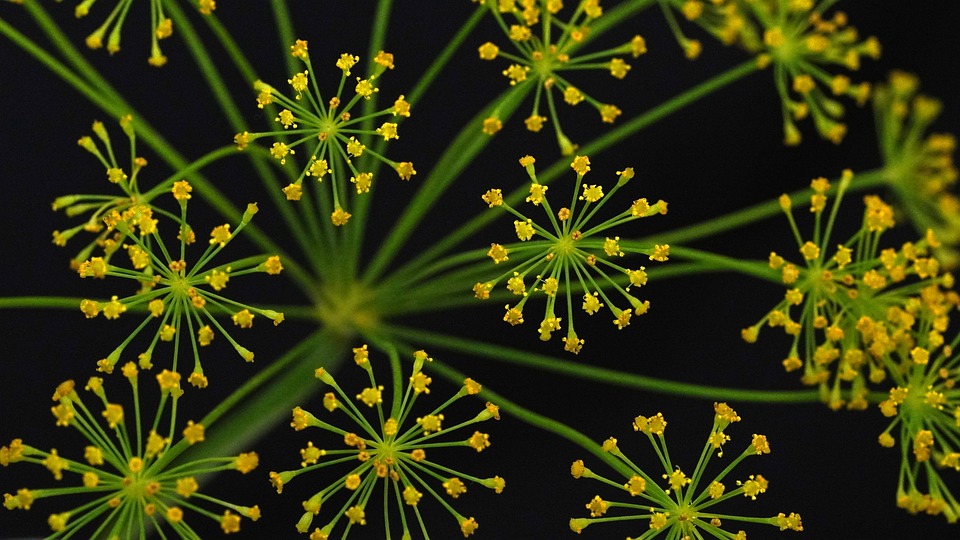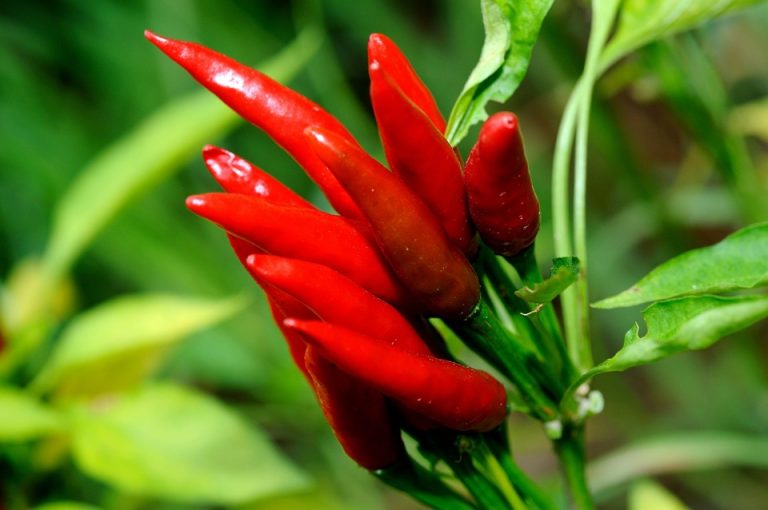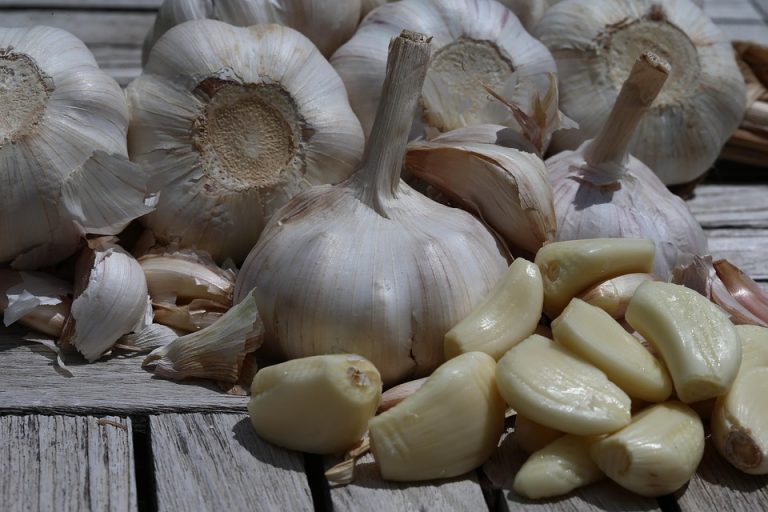Contents
- Belly Fat Burning Spices: What They Are And Why They Matter
- Why Spices Can Help Your Body
- Belly Fat Burning Spices You Should Use Daily
- How To Use These Spices — 7 Practical Ways
- The Science: What Studies Actually Say
- Safety, Dosage, And Practical Warnings
- Real-Life Examples: Small Changes That Add Up
- Simple Recipes To Get Started
- How To Measure Progress Without Becoming Obsessed
- Bottom Line
- FAQ
Belly Fat Burning Spices: What They Are And Why They Matter
Belly fat burning spices are tiny, powerful ingredients you can add to your food to help stoke metabolism, curb cravings, and improve digestion. You’ve probably seen them on the spice rack and brushed them off as “just flavor.” That’s a mistake. These spices do more than make your dinner taste better — they change how your body handles energy. If you want a practical, no-nonsense way to help your waistline and feel more in control of your health, this is for you.
Why Spices Can Help Your Body
Spices affect hormones, inflammation, and blood sugar — three things that matter for fat around the middle. Researchers at major institutions have shown compounds like capsaicin, curcumin, and gingerol can raise calorie burn modestly and blunt insulin spikes when taken with meals (see research at the National Institutes of Health and PubMed for studies on capsaicin and metabolism). That doesn’t mean spices are a magic pill, but used intelligently they lift the odds in your favor.
Belly Fat Burning Spices You Should Use Daily
You don’t need dozens. Use a handful, consistently. Here are the seven real stars that will earn a permanent place in your kitchen.
1. Cayenne Pepper — The Little Igniter
Cayenne has capsaicin, which turns up heat on your metabolism. When you sprinkle cayenne on food or sip it in a spicy tea, your body increases energy expenditure briefly and may reduce appetite for a few hours. Use it in soups, scrambled eggs, or mix a pinch into your morning avocado toast. Start low if you’re sensitive — a dash goes a long way.
2. Turmeric — The Crowd-Pleaser For Inflammation
Turmeric’s active compound, curcumin, helps tame inflammation and supports healthy metabolic function. Paired with a little black pepper (which boosts curcumin absorption), turmeric becomes a daily ally. Stir turmeric into rice, smoothies, or a warm golden milk before bed to soothe and support your digestive system.
3. Ginger — Digestive Firefighter
Ginger speeds gastric emptying and eases bloating while nudging blood sugar into steadier territory after meals. Fresh grated ginger in stir-fries, ginger tea after dinner, or lemon-ginger water in the morning are simple ways to use it. It’s gentle, effective, and everyone in the family can drink it.
4. Cinnamon — Blood Sugar’s Friend
Cinnamon helps moderate post-meal blood sugar spikes, which means fewer insulin surges that can promote fat storage. Sprinkle cinnamon on oatmeal, mix it into yogurt, or stir a pinch into coffee. Ceylon cinnamon is the better long-term choice if you use it regularly.
5. Black Pepper — The Bioavailability Booster
Black pepper contains piperine, which enhances the absorption of other spice compounds — especially curcumin from turmeric. Add black pepper to most savory dishes and to your turmeric golden milk. It’s the quiet sidekick that makes other spices work harder.
6. Cardamom — A Gentle Booster For Metabolism
Cardamom is aromatic and supports digestion and insulin sensitivity. It’s lovely in tea, coffee, and on roasted vegetables. Use cardamom in baking or steep it in hot water for a soothing beverage that helps steady cravings.
7. Fenugreek — Fiber And Flavor In One
Fenugreek seeds are rich in soluble fiber and can slow carbohydrate absorption, helping blunt blood sugar rise. Toast the seeds lightly and add to curries or soak them overnight to include in salads. It’s an old remedy with practical benefits.
How To Use These Spices — 7 Practical Ways
Here are real, usable strategies to make these spices part of your life — not just a one-night experiment.
1. Start Mornings With A Metabolic Ritual
A small routine changes outcomes. Add a pinch of cayenne and turmeric to a warm lemon water or to a smoothie. This wakes up digestion and gives you a gentle metabolic nudge before breakfast.
2. Season Protein Heavily, Carbs Lightly
Protein meals seasoned with black pepper, cayenne, and cardamom keep you satisfied longer. Add cinnamon to fruit and oatmeal rather than pouring sugar on top. That balance reduces the urge to snack.
3. Pair Spices With Fats For Better Absorption
Curcumin and other fat-soluble compounds need a little healthy fat. Stir turmeric into dishes with olive oil, avocado, or coconut milk. The spice becomes more effective and the meal more satisfying.
4. Make Tea A Habit, Not A Trend
Ginger tea, cinnamon-ginger blends, or cardamom black tea are simple rituals you can return to. They calm cravings and soothe digestion after heavy meals.
5. Use Spices To Replace Salt And Sugar
Instead of reaching for sugar or extra salt, try warming spices. Cinnamon on yogurt, turmeric on roasted squash, and cayenne on grilled fish give flavor without empty calories.
6. Create A Spice Mix You Love
Mix turmeric, black pepper, cinnamon, and ginger for a daily sprinkle. Keep it in a small jar on the counter so you’ll use it. Convenience is how good habits win.
7. Add Seeds And Whole Spices For Texture And Fiber
Fenugreek and toasted cardamom add crunch and slow digestion, which helps control post-meal spikes. Think texture as therapy for hunger.
The Science: What Studies Actually Say
Researchers aren’t selling snake oil. Studies from university medical centers show capsaicin modestly increases energy expenditure and may reduce appetite. Clinical trials looking at curcumin report improvements in markers of inflammation and insulin resistance. Cinnamon trials demonstrate small but meaningful effects on post-meal glucose. If you want to read the science, look up PubMed entries on capsaicin and metabolism and NIH articles on curcumin for metabolic health. These are not miracle results, but they are reliable signals: spices move the dial.
Safety, Dosage, And Practical Warnings
Spices are generally safe, but some cautions matter. High-dose turmeric supplements can interact with blood thinners. Excessive cayenne can irritate the stomach or aggravate reflux. Pregnant women should check with their clinician about high amounts of fenugreek. Keep portions culinary — think teaspoons, not tablespoons. If you have chronic conditions, discuss spice strategies with your healthcare provider or a registered dietitian.
Real-Life Examples: Small Changes That Add Up
A woman I know traded her evening cookie for a warm cup of turmeric-cinnamon almond milk. She lost inches around her waist over months because she cut late-night sugar and added a spice ritual that satisfied her. Another friend started adding ginger and black pepper to his lunches and noticed reduced bloating and steadier energy. These are ordinary, believable wins. They show how behavior plus spices can reshape your daily results.
Simple Recipes To Get Started
Make these your go-to quick wins:
- Spicy Citrus Morning Drink: Warm water, lemon, pinch of cayenne, pinch of turmeric, dash black pepper. Sip slowly.
- Golden Rice: Cook rice with a teaspoon of turmeric and a twist of black pepper. Add roasted vegetables and a squeeze of lemon.
- Cinnamon Yogurt Bowl: Greek yogurt, cinnamon, cardamom, chopped nuts, berries. No added sugar.
Each one fits into a busy life and nudges metabolism toward steadier blood sugar and less belly bloat.
How To Measure Progress Without Becoming Obsessed
Track how your clothes fit, energy levels, and digestion. Take photos monthly, not daily. If you combine spices with consistent protein, sleep, and movement, you’ll likely see changes in months — not days. That’s sustainable, not frantic.
Bottom Line
Belly fat burning spices are not a cure, but they are a powerful, low-cost tool that helps you take back control. Use cayenne, turmeric, ginger, cinnamon, black pepper, cardamom, and fenugreek in real food — daily rituals beat fads. Backed by research and centuries of practical use, these spices make your meals work harder for you. Start small, stay consistent, and let flavor be your ally.
Bold, brave steps beat perfection. Add one spice to one meal today and feel the shift.
FAQ
Will these spices melt belly fat on their own?
No. Spices alone won’t melt fat. They support metabolic health, reduce inflammation, and help control appetite when paired with balanced eating, sleep, and movement.
How much turmeric or cayenne should I use daily?
Culinary amounts — a quarter to one teaspoon of turmeric and a pinch to a quarter teaspoon of cayenne — are safe for most people. If you plan to take high-dose supplements, check with your clinician first.
Can anyone use these spices?
Most adults can, but people on blood thinners, pregnant women, or those with serious digestive issues should consult a medical professional before making large changes.
How long before I see results?
Expect subtle changes in digestion and cravings within days and measurable inches or weight shifts in several weeks to months when spices are combined with healthy habits.
Are supplements better than culinary spices?
Supplements can concentrate active compounds but also increase risk of interactions. Culinary spices are safer and often effective when used consistently.
――――――――――――――――
References
National Institutes of Health provides research on capsaicin and metabolism and its effects on energy expenditure (http://www.ncbi.nlm.nih.gov/pmc/articles/PMC4484974/).
Harvard T.H. Chan School of Public Health discusses cinnamon, turmeric, and other spices and their roles in metabolic health (http://www.hsph.harvard.edu/nutritionsource/food-features/cinnamon/).
Mayo Clinic offers guidance on the safety and interactions of herbal supplements like turmeric and fenugreek (http://www.mayoclinic.org/drugs-supplements/turmeric/art-20313905).








